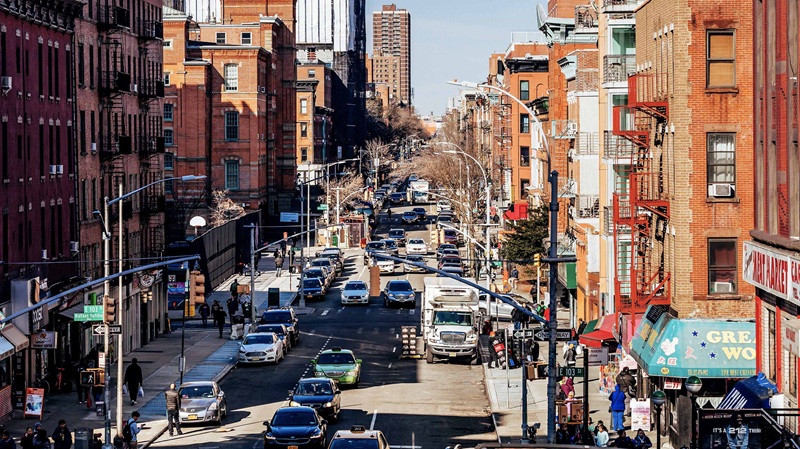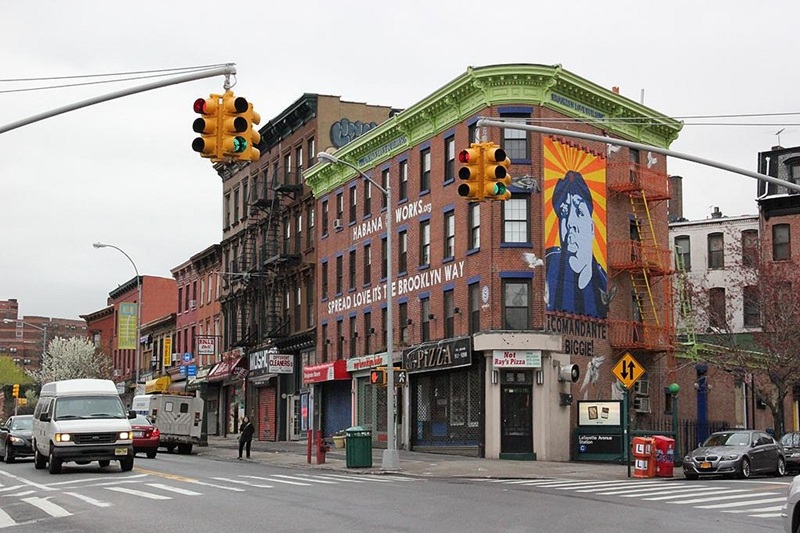
East Harlem, often referred to as El Barrio, is a neighborhood located in the northeastern section of Manhattan. Known for its rich cultural heritage, vibrant Latino community, and storied history, East Harlem is one of New York City’s most iconic and resilient areas. Over the years, this historically working-class district has experienced significant changes, making it a fascinating example of urban transformation. Here’s a closer look at what defines East Harlem today, its historical roots, and the ongoing evolution of the neighborhood.
1. A Rich Cultural Heritage
East Harlem’s cultural identity has been heavily shaped by waves of immigration over the decades. Originally home to a diverse mix of Irish, Italian, and Jewish communities in the early 20th century, the neighborhood saw a dramatic shift starting in the 1940s when Puerto Rican immigrants began moving to the area in large numbers. Over time, East Harlem became a cornerstone of New York City’s Puerto Rican community, and the neighborhood is often synonymous with the culture and history of Puerto Rican New Yorkers.
East Harlem’s Latinx identity is celebrated in its art, music, festivals, and food. The neighborhood hosts various cultural events, such as the annual Puerto Rican Day Parade, which draws thousands of visitors and celebrates the contributions of Puerto Ricans to New York City and the broader American culture. Additionally, the area’s vibrant murals, many of which depict scenes of Latin American history and culture, offer a visual reflection of the neighborhood’s cultural pride.
2. Historical Significance: From Tenements to Political Activism
East Harlem has long been a neighborhood of significant political and social movements. The area’s history is deeply intertwined with activism, as residents have long fought for better living conditions and civil rights. During the 1960s and 1970s, East Harlem became a hotbed of political and social activism, with figures like Jesus “Chucho” García, a prominent Puerto Rican leader, championing the rights of Latino and Black residents in the city.
One of the most important chapters in East Harlem’s history was the Young Lords, a Puerto Rican nationalist group that emerged in the late 1960s. The group, which was inspired by the Black Panther Party, worked to address issues such as housing, education, and police brutality. The Young Lords’ activism helped raise awareness about the challenges facing East Harlem’s predominantly Puerto Rican and Black populations.
The neighborhood has also witnessed the rise of several prominent organizations advocating for social justice, such as El Museo del Barrio—a museum dedicated to Latin American and Caribbean art that highlights the contributions of the Latinx community to the cultural fabric of the United States. East Harlem has thus been an epicenter of not only cultural development but also social change.
3. Economic Challenges and Resilience
Historically, East Harlem has faced significant economic challenges, marked by poverty, overcrowded housing, and limited access to quality education and healthcare. The early 20th century saw many working-class families living in tenements, some of which were poorly maintained and lacked basic amenities. Even in the post-war era, East Harlem remained one of the city’s poorest neighborhoods, suffering from high crime rates and limited job opportunities.
However, despite these struggles, the residents of East Harlem have displayed remarkable resilience. Community organizations, local activists, and residents have fought for improved housing conditions, better healthcare, and greater access to education. Notable projects such as the East Harlem Preservation initiative have sought to maintain the neighborhood’s historic buildings while pushing for the creation of affordable housing options to prevent displacement.
4. Gentrification and Change
In recent years, East Harlem has been undergoing a process of gentrification, a phenomenon that is transforming many parts of New York City. With rising property values and increased interest from developers, East Harlem is seeing an influx of new residents, businesses, and amenities. As a result, the neighborhood is changing, and this shift brings with it both opportunities and challenges.
The increased investment in East Harlem has led to the development of new luxury apartment buildings, restaurants, and cafes, attracting young professionals and more affluent residents. However, this wave of gentrification has raised concerns about the displacement of long-time residents, many of whom face rising rents and the potential loss of the neighborhood’s unique cultural identity. Efforts to protect affordable housing, maintain the community’s cultural heritage, and ensure that longtime residents are not pushed out are ongoing.
The city has worked to address these issues through initiatives like the East Harlem Neighborhood Plan, which aims to balance development with affordable housing and community preservation. Yet, the process remains a delicate one as the community strives to maintain its cultural roots while adapting to inevitable change.
5. East Harlem Today: A Blend of Tradition and Modernity
Today, East Harlem is a dynamic neighborhood that blends old and new, tradition and innovation. While the area has certainly evolved in recent years, its essence remains rooted in its cultural history. Visitors and locals alike can explore the rich culinary offerings that define the neighborhood, from traditional Puerto Rican eateries serving mofongo and arroz con gandules to newer restaurants and coffee shops catering to a more diverse crowd.
East Harlem also continues to serve as an important center of Latino culture and heritage. El Museo del Barrio, in addition to its permanent collection, hosts rotating exhibitions that showcase the work of contemporary Latinx artists, reinforcing the neighborhood’s connection to its roots while embracing modern artistic expression.
Public spaces like Marcus Garvey Park offer a haven for residents, providing green space for recreation and community events, and serving as a gathering point for the area’s diverse population. This blend of old-school charm and contemporary amenities makes East Harlem an exciting place to live, work, and visit.
6. Looking Toward the Future
As East Harlem continues to grow and change, it is likely to remain one of the most culturally vibrant and diverse neighborhoods in New York City. The challenges of gentrification and economic inequality persist, but the neighborhood’s strong sense of community, activism, and cultural pride offers hope that East Harlem will be able to navigate these changes without losing the elements that make it special.
The ongoing efforts to balance development with preservation, alongside initiatives to improve quality of life for residents, will likely shape the future of East Harlem. As New York City continues to evolve, East Harlem stands as both a symbol of the city’s immigrant roots and a beacon of hope for future generations striving for a better life.
East Harlem is a neighborhood with a rich history, a strong cultural identity, and a deep sense of resilience. From its roots as a working-class immigrant enclave to its role as a hub of political activism and cultural expression, East Harlem has always been a place where communities come together to shape their own futures. While it faces challenges related to gentrification and economic inequality, the neighborhood’s unique blend of history, culture, and diversity ensures that East Harlem will continue to thrive as an integral part of Manhattan’s dynamic urban landscape.

